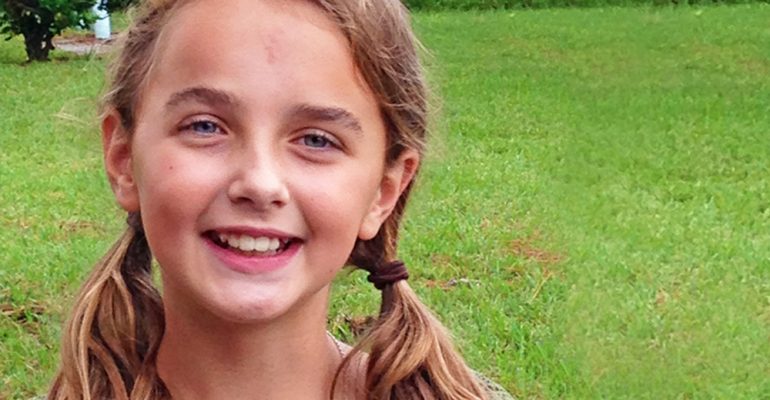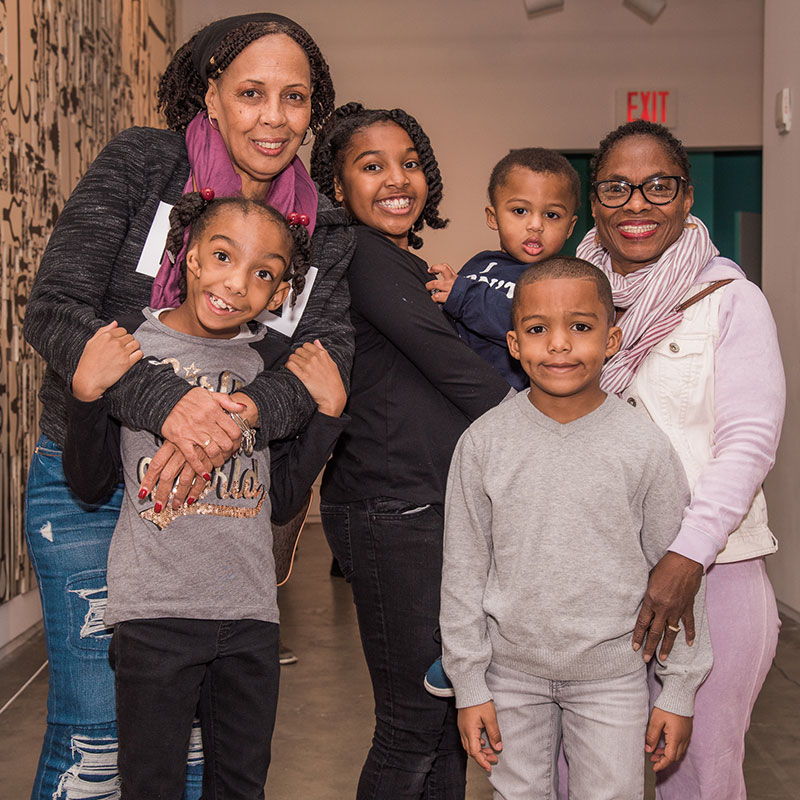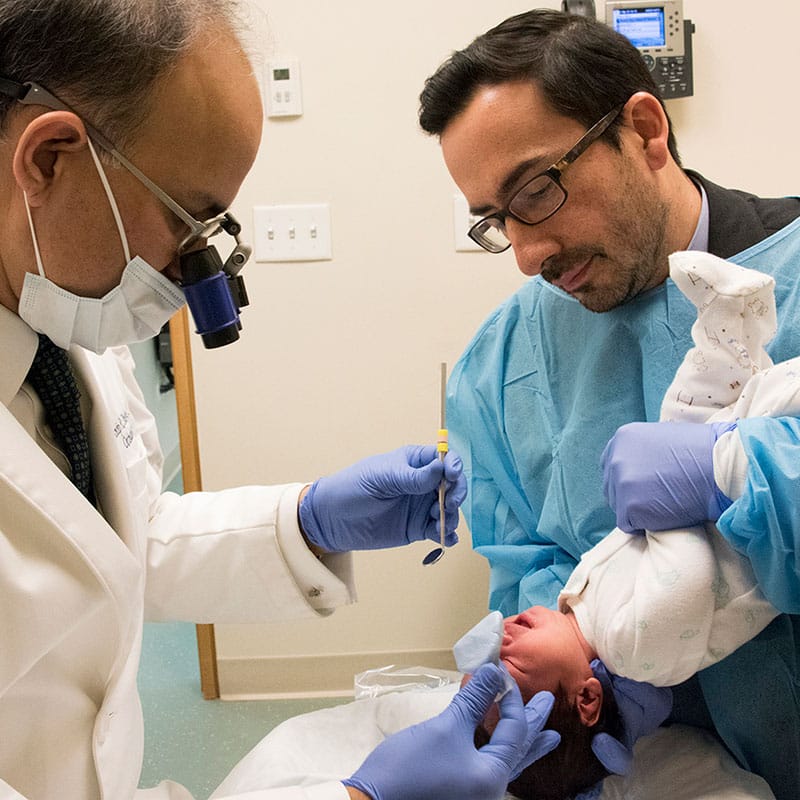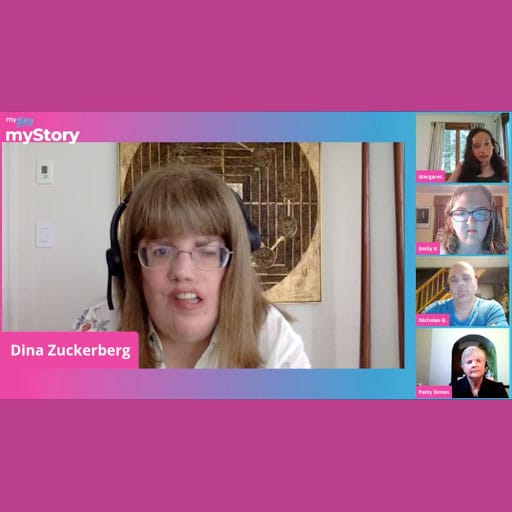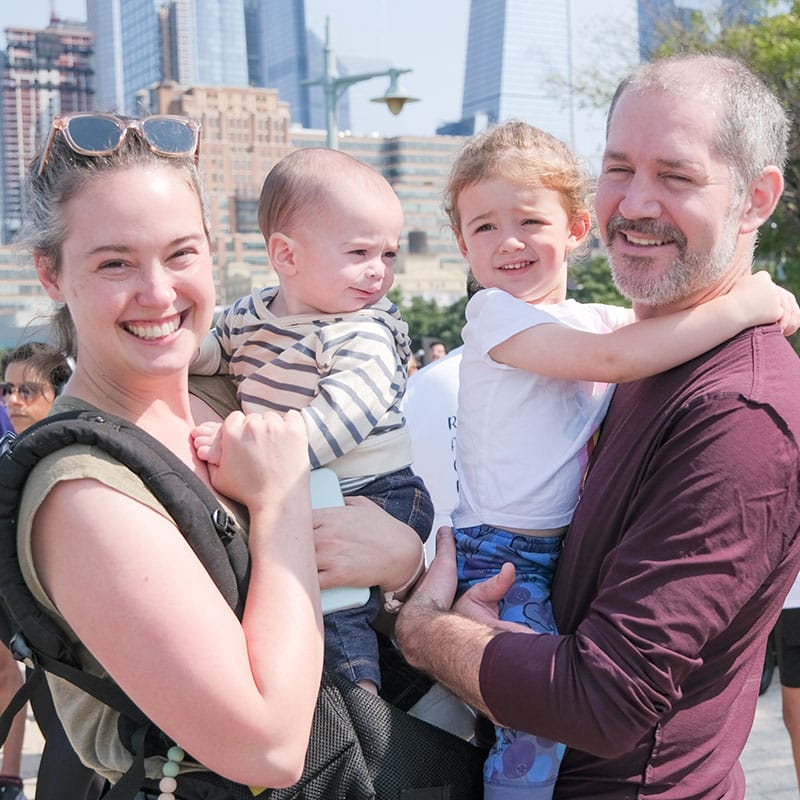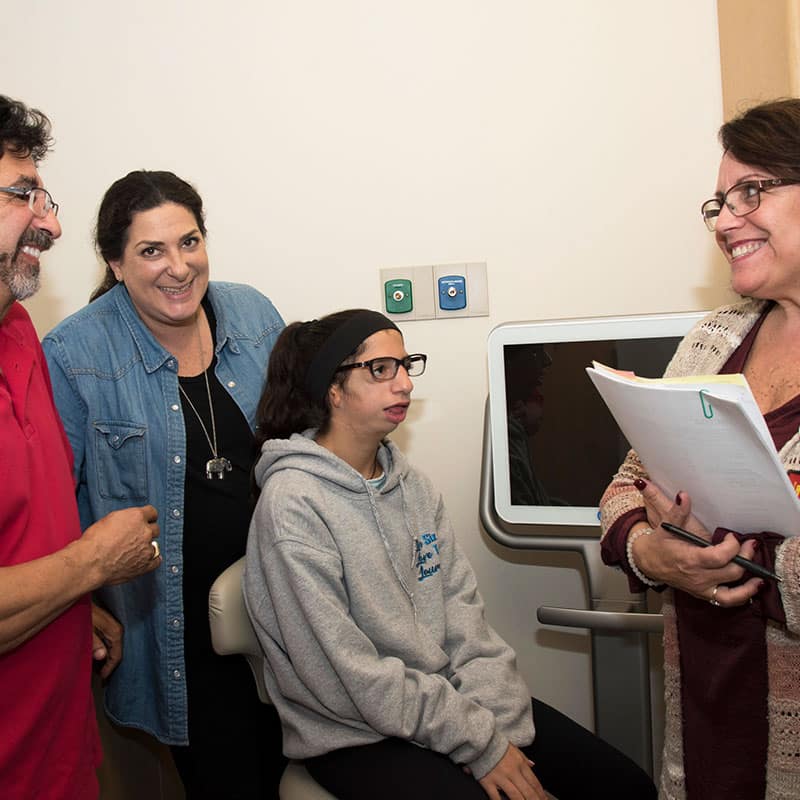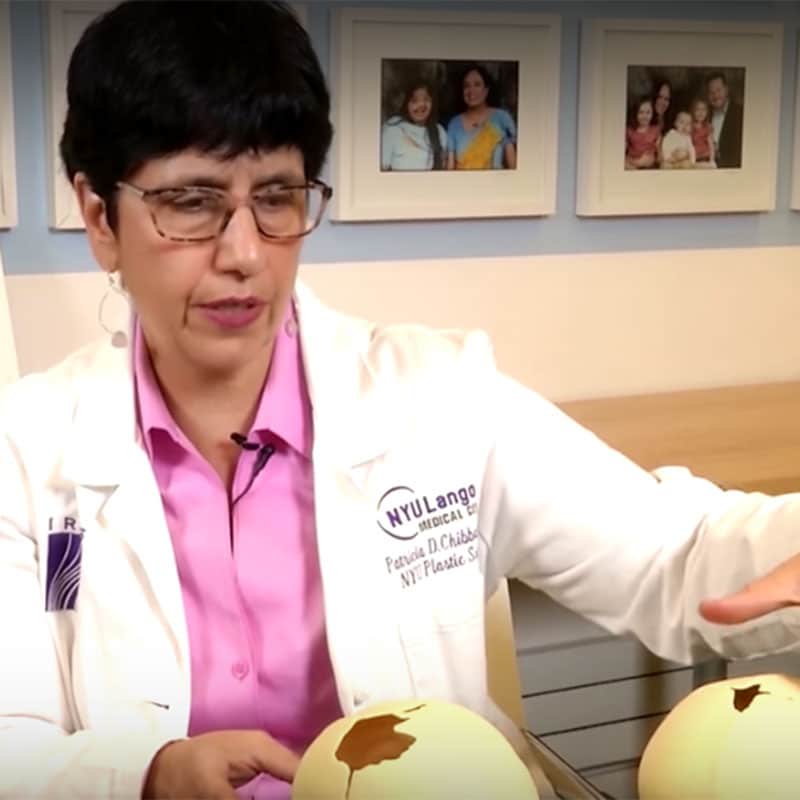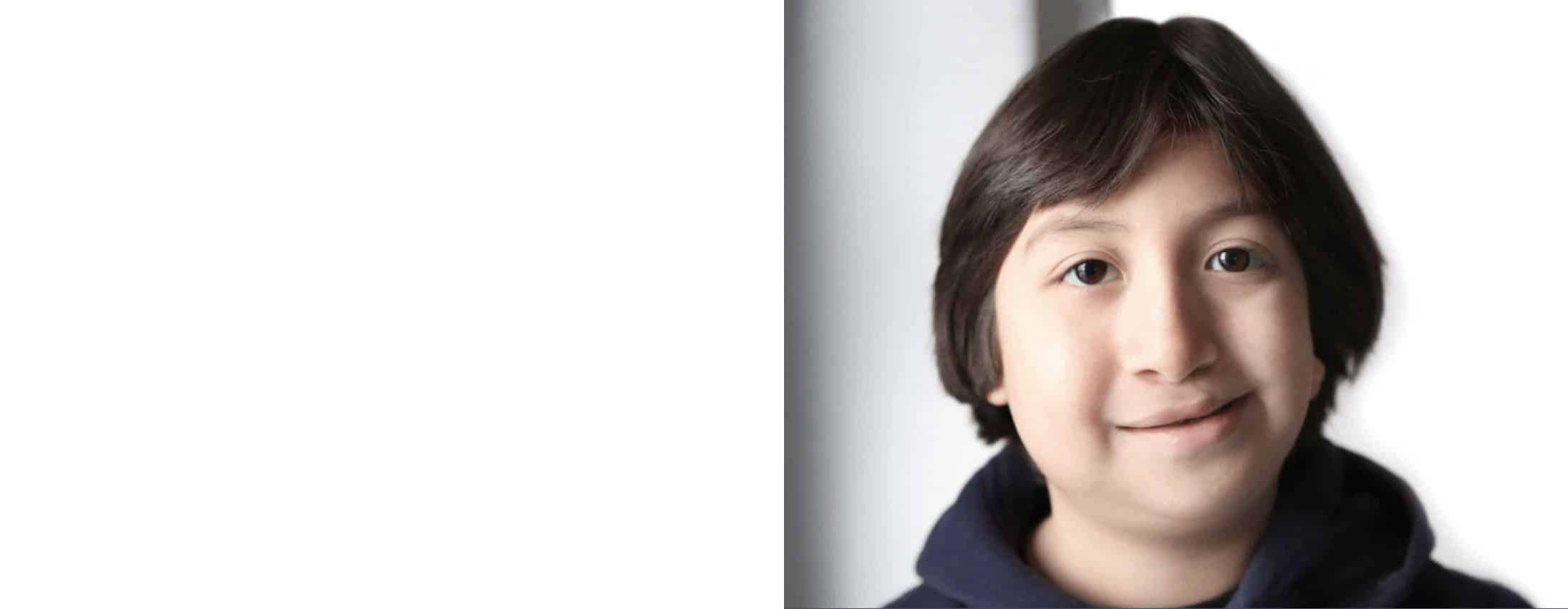We knew something was different about our daughter Scarlett almost immediately, but it was not until she was 3 months old that she was first diagnosed with right coronal craniosynostosis. In May 2005, she had her first surgery in Jacksonville, Florida and it was deemed successful. One lingering concern was an obvious tilt to her head. During this time we would notice facial changes, especially in front of a mirror. We went to our neurosurgeon with concerns and were told that “she looks great … compared to what’s out there.” This statement still upsets me.Our concerns continued to mount over the following two years and eventually we were referred to a local craniomaxillofacial surgeon who recommended purely cosmetic procedures. No one would recommend an “unnecessary” CT scan. This proved to be one of the hardest obstacles to overcome. At this time, Scarlett began to have uncontrollable bouts of crying. There was no soothing her once started and she would cry herself to sleep. As she aged, she finally was able to express that her crying was due to headaches.
We reached out to several local doctors and eventually chose one in West Palm Beach who we heard had experience with craniosynostosis. Upon entering the room, he asked if Scarlett had been diagnosed with tortocolis. We had never even heard this word. After reviewing her CT scans and X-rays, he told us that a craniotomy was needed and that time was of the essence due to her current growth spurt. As you can imagine, we left overwhelmed.
At this point, Scarlett was 4, with a severe head tilt, a bulging forehead, noticeable asymmetry, frequent nose bleeds and severe headaches. I was at my oldest son’s baseball game when, by chance, I was seated next to the Vice President and National Sales Manager of two leading craniofacial companies. These wonderful men gave their joint recommendation on who they believed was the best doctor for Scarlett in both technique and bedside manner: Dr. David Staffenberg.
“I listen when a mother has concerns because their instincts are almost always right.”
We met Dr. Staffenberg in December 2008 and finally someone connected the dots. He believed that a suture was still fused from her initial surgery and that her neck muscle was pulling to cause her facial deformity. I remember telling him how I would see Scarlett’s reflection in my rearview mirror, just knowing that something was wrong. He told me, “I listen when a mother has concerns because their instincts are almost always right.” Dr. Goodrich and Dr. Staffenberg performed her second craniosynostosis surgery in January 2009. Shortly after, her headaches subsided.
At our first post-op visit, he introduced us to his ophthalmology team where she was additionally diagnosed with 4th Nerve Palsy. In January 2010 she had her first eye muscle surgery to correct this condition, with two additional surgeries since. In the midst of all this, Scarlett was diagnosed with visual neglect and audio processing issues, for which she remains in intense physical and occupational therapies.
About a year ago, the headaches returned. Scarlett also began to get upset with her appearance, referring to “looking different, having googly eyes and a crooked face.” To com-pound this, we live at the beach and her skull looks especially misshapen with wet hair. We worried about how this might affect her self-esteem. Our second blessing came in the form of The myFace Center’s (formerly known as the IRPS) clinical psychologist, Dr. Aileen Blitz. She was of vital importance in helping us come to a decision of when and how to address these concerns. This May, Scarlett had her third cranial revault remodel with Dr. Staffenberg and The myFace Center (formerly known as the IRPS) Pediatric Neurosurgeon Dr. David Harter to correct, what we know now was, unreleased sutures from her original surgery. From the mo-ment we arrived, the Cranio team was exception-al. Pat Chibbaro guided us through a very trying few weeks. Mary Spano helped us to see clearly what we were questioning. The professionalism and compassion of Dr. Staffenberg, Dr. Harter, Dr. Rickert and Dr. Gordana Stjepanovic were indescribable. After a week at NYU Langone, we were moved to the myFace apartment. This apartment was an absolute blessing as Scarlett’s condition was not improving at the rate they were hoping. Immediately upon entering the doors of an apartment that felt like a home away from home, she began to take a turn for the better.
Scarlett’s journey has taken many paths. Ideally her condition could have been corrected with one surgery and in a best case scenario we would have met the people of myFace nine years ago. We are a close-knit family of seven, blessed to have a tremendous amount of support among family, friends and a wonderful prayer network. Although Scarlett’s condition may now appear mild to others, the impact for us runs deep. But, as we sat on the steps of the Central Park Zoo the night of the myFace gala, just days after Scarlett’s release, we were surrounded by a different kind of warmth and love. We were with a group of people sharing a common bond that helped Scarlett with the realization that she was not alone, but instead, was now a child of myFace.

